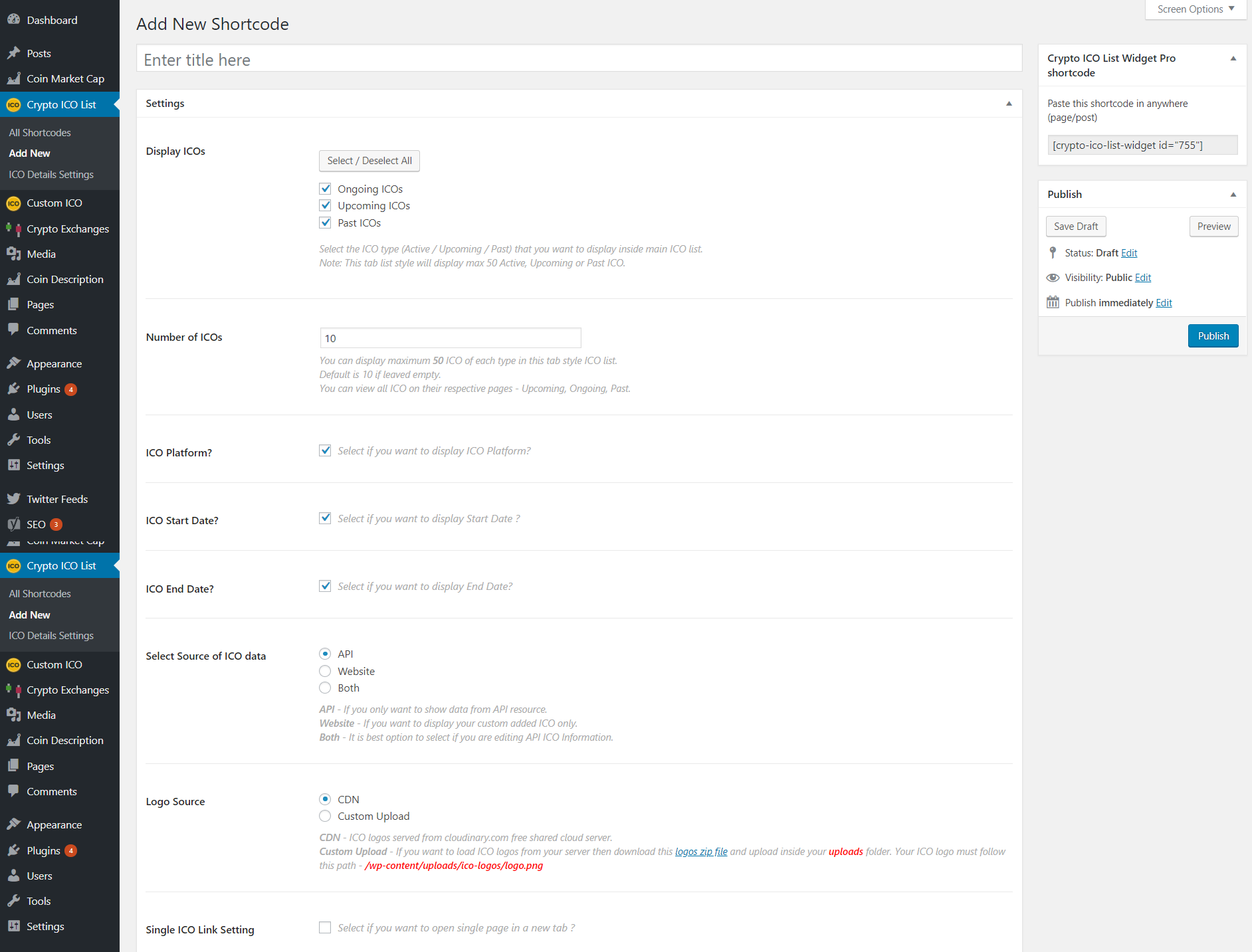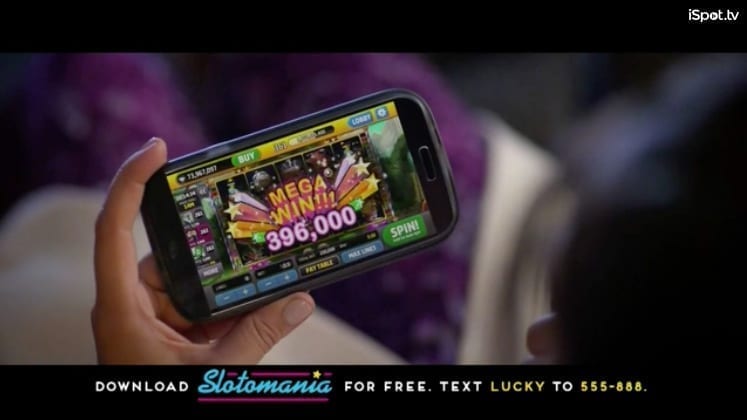
By 2009, use of atypical antipsychotics became a trend of concern worrying U.S.

General context: antipsychotics in children and adolescentsĪvailable evidence shows that psychiatric consultations for children resulting in prescription of an antipsychotic notably increased about eightfold between 19 in the United States. In addition, off-label prescriptions should be limited, as they appear to account for a significant proportion of aripiprazole use worldwide. However, its use requires clinical and paraclinical monitoring to assess the occurrence of adverse events that may challenge the benefit/risk ratio.

At present, postprescription monitoring is very poor.Ĭonclusion: Aripiprazole has proven efficacy for several indications in children and adolescents. Severe adverse effects often occur in multiple-prescription settings. Adverse effects are more important in children and adolescents than adults, particularly weight gain, drowsiness, extrapyramidal effects, and metabolic effects, even though the latter may appear less important than with other atypical antipsychotics. Aripiprazole has proven efficacy for several indications in children and adolescents, including schizophrenia, bipolar disorder, Tourette's syndrome, and behavioral impairments associated with autism and intellectual disability. Like others, its use in children and adolescents is becoming commonplace and occurs in off-label indications. Results: Aripiprazole is one of the most widely prescribed atypical antipsychotics. The initial screen yielded 163 publications, from which 99 studies were reviewed. Methods: Medline and Embase databases were systematically searched using the keywords aripiprazole and child or adolescent over the period from 2000 to 2019. The app is described as a Hue-enabled jukebox that “turns music into light using Philips Hue Smart Bulbs.Objective: To review the use of aripiprazole in children and adolescents. One app that just hit the App Store is Ambify from developer Kai Aras. The Hue app provides pre-programmed light settings for the bulbs, timers, and much more, but now developers will be able to create even more great apps that work with Hue. The Hue system allows iOS users to control lighting from their iPhones or iPads by enabling Hue bulbs to talk to iOS devices and one another using the ZigBee LightLink standard.

Philips Hue’s developer platform is available at. This move opens the playing field for third party developers to create new, exciting applications using light, enabling Hue to communicate with a variety of devices and applications (apps).

AMBIFY SHORT CODE SOFTWARE
In publishing Hue’s open application programming interfaces (APIs), as well as releasing guides and libraries in an iOS software developer’s kit, Philips reinforces its commitment to helping the developer community start programming with Hue. Philips today, as promised, launches a software developer program for Hue that allows consumers to create and control their light bulbs using a smartphone or tablet. The company started selling its smart, Internet-connected LED lighting system in October exclusively through the Apple Store. Philips announced today that it launched an SDK and opened APIs to iOS developers who are interested in creating apps that work with its “Hue” personal wireless lighting system.


 0 kommentar(er)
0 kommentar(er)
